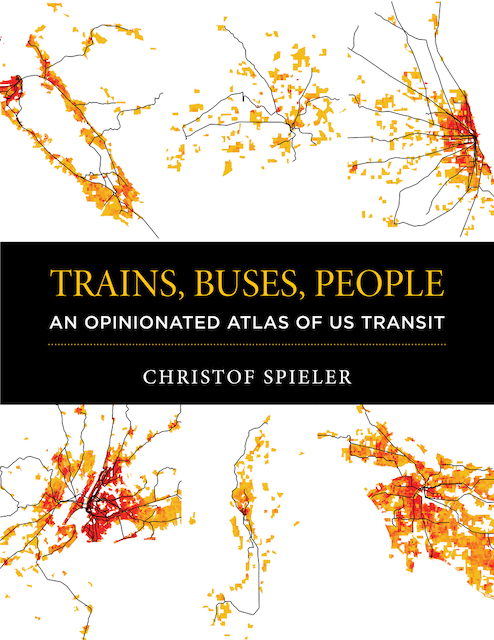Early signs indicate at least some housing markets are cooling off. Homes for sale in Seattle aren’t seeing as much intense bidding as a few months ago. Bidding wars are also becoming rare in Portland. The Case-Shiller index says that markets are weakening in other regions as well.
Unlike the 2008 financial crash, housing markets today appear to be the result of, not the cause of, an approaching recession. That recession, in turn, is likely the result of Trump’s trade war. The stock market, which boomed after Trump’s election, has been declining for the last three months as the trade war has increased the cost of manufacturing and consumer goods.
A major problem with relying on government planning for things like housing and transportation is that planning is too slow to keep up with the real world. One obvious sign of this is how road projects that used to take a few months to build now require years and even decades for planning and construction. For housing, the problem is even worse. Continue reading








